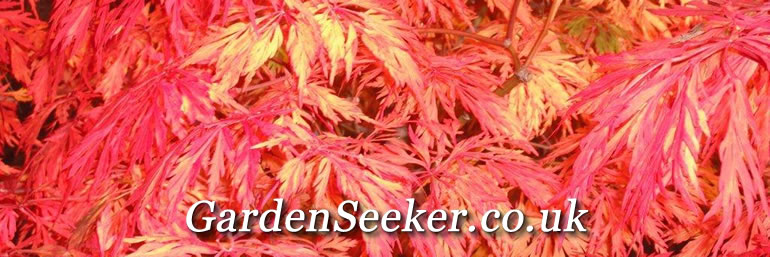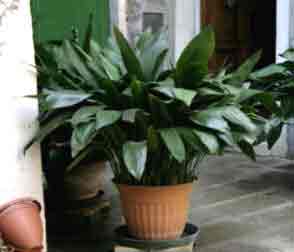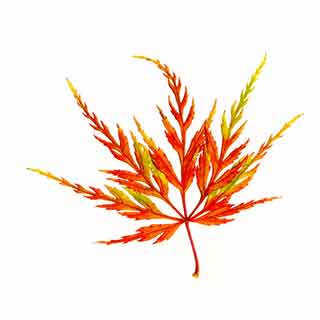

I grew up with an Aspidistra - also with the song "It's the Biggest Aspidistra in the World".
The problem with the Aspidistra, is that it it easy to keep for a long time - even if neglected seemingly. However, it has certain need s, and only when they are met, will it be with you for a lifetime! I moved on, I doubt that it gas lasted as long as me!
In real life, the Aspidistra elatior is an evergreen perennial plant, happily living in shaded woodlands in parts of Asia - China, Japan etc - and on the hillsides in the Himalayas - but not at the top! It is frost hardy, but that does not include being frozen halfway up a mountain.
As can be seen in the image below, a well cared-for plant can be quite striking.
Not for nothing is it's common name - "The Cast Iron Plant".
 The Plant: A tough, low-maintenance, easy to keep for a long time
plant. Aspidistras have broad dark-green, or variegated
leaves, occasionally produces small dark flowers at the leaf-base. So
easy to grow and 'neglect' but at its best when cared for! Originates in
East Asian forests - living in the dense shade on the ground - No wonder
it's called the Cast Iron Plant.
The Plant: A tough, low-maintenance, easy to keep for a long time
plant. Aspidistras have broad dark-green, or variegated
leaves, occasionally produces small dark flowers at the leaf-base. So
easy to grow and 'neglect' but at its best when cared for! Originates in
East Asian forests - living in the dense shade on the ground - No wonder
it's called the Cast Iron Plant.
You should not get too excited about the flowers of Aspidistra - other than to be able to boast that you have one that has flowers. The flowers are at the base of the plant - hidden by the arching foliage, but readily accessible to slugs in its normal habitat, where they perform the useful function of pollinating the ground-level blooms. This ensures more little baby Aspidistras and the maintenance of the local population of the plants.
Its needs: Aspidistras tolerates deep shade, no direct sun. Enjoys cool conditions, but can survive short-term climatic variations. No extra humidity required.
Care: Water and
feeding from spring once new growth has begun. Do not
split or re-pot unless very congested. Watch out for red spider mite,
mealy bug, or scale.
Good for: The Aspidistra is an ideal office plant! Brings ‘life’
to a dark corner. Low maintenance. (And someone will always have a story
about their old grandmother's Aspidistra!)
Whereas it is a tough plant, it has the normal rage of houseplant pests wanting their feed. These are the common sap-suckers; aphids assorted and red spider mite.
Rarely a problem indoors - but the plant is also attractive to Vine Weevil Beetle for those of you who insist on growing it outdoors! The tell tale bite mark on the edge of the leaves will be your first warning sign.
Its eagerness to please extends to the main method of propagation. Simply divide the parent plant in the spring; ensuring that you have a sizeable piece of the rhizome root system.
